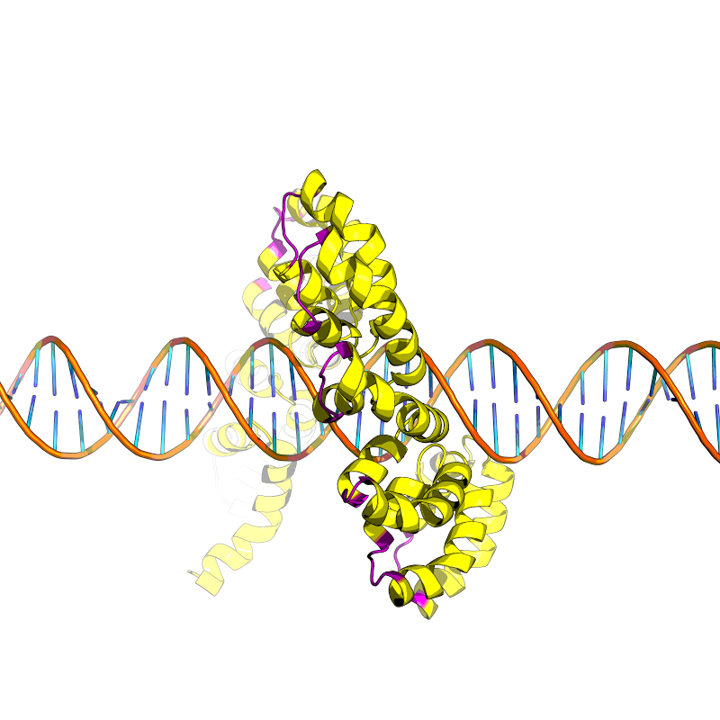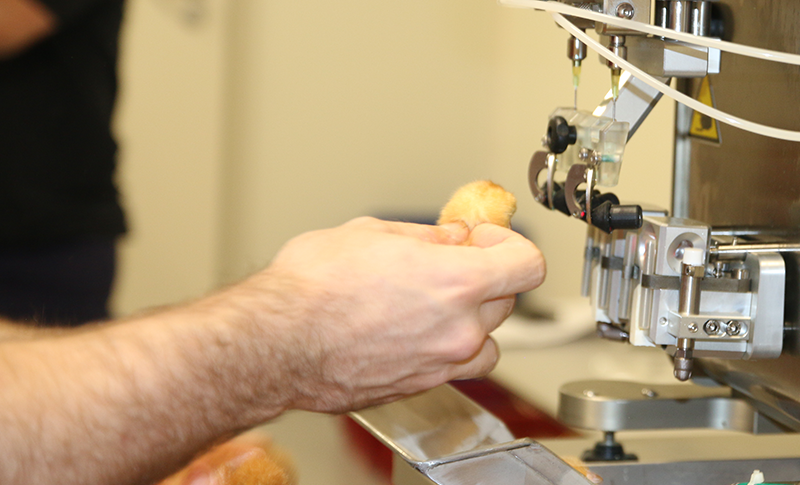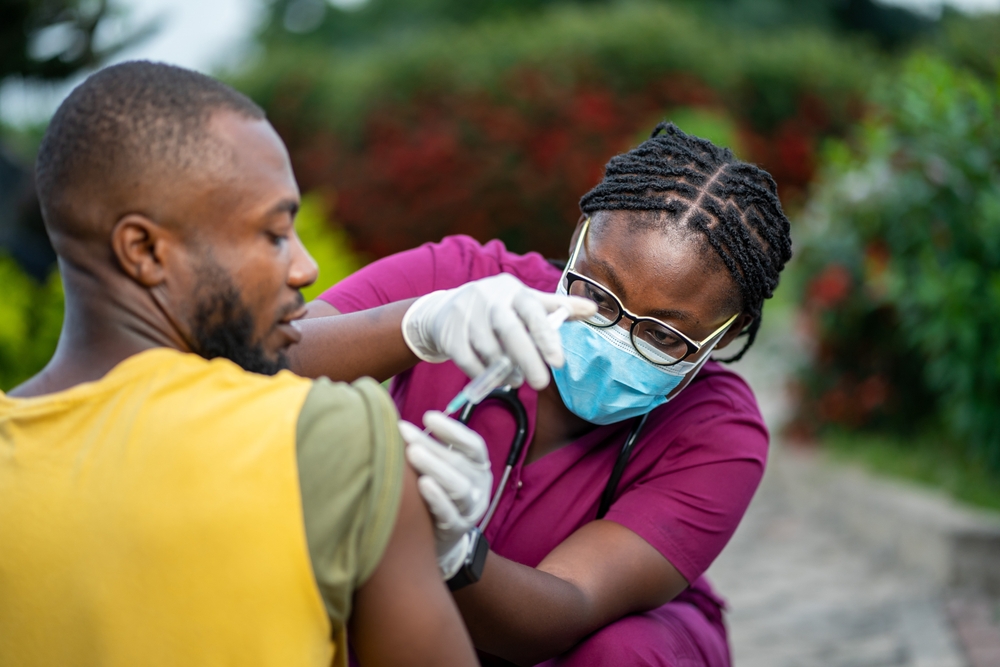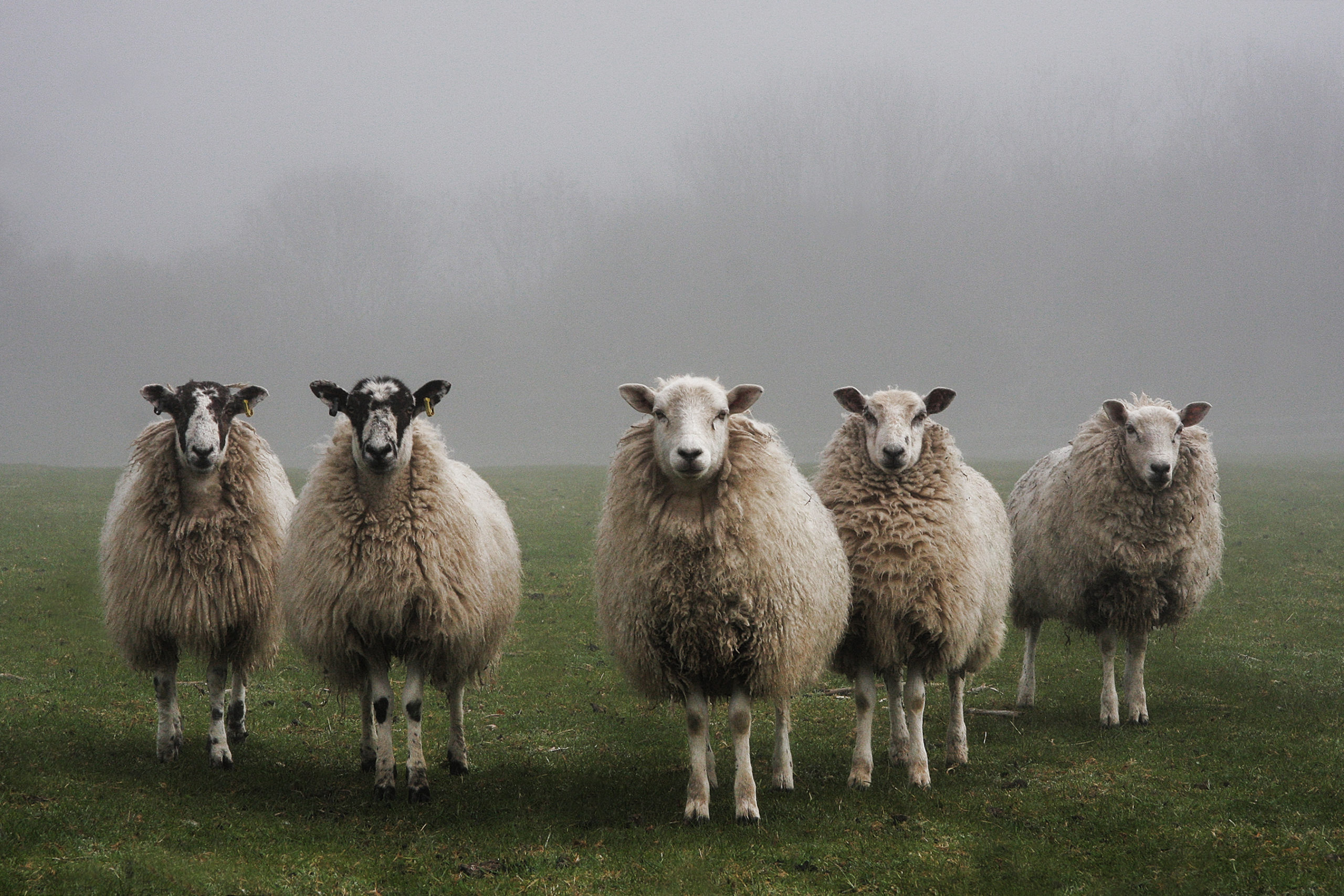Rob de Haas designs proteins that package DNA as virus-like nano particles, which serve as a platform for a malaria vaccine. He has been awarded a Fulbright scholarship of 7500 euros to make these proteins in the US.
Proteins
Everyone is familiar with the helix structure of DNA, the spiral shape in which genetic information is stored. Rob de Haas, a PhD student at Physical Chemistry and Soft Matter, is currently building proteins that fit precisely around that DNA as a kind of coating. He is doing this digitally using software from the Institute for Protein Design in Seattle. He did an internship at this institute for synthetic biology, and he is going back there after the summer vacation to make a malaria vaccine – with a Fulbright scholarship.
Puzzle
In the past few months, De Haas has been working on a kind of 3D computer puzzle in which he fits molecules together so that their protein structure precisely fits the circumference of the DNA. The sole purpose of the coating, which is now ready, is to provide the vaccine with a platform. ‘We can put very specific malaria protein motifs on this coating at exact distances and orientations so that our bodies recognize the particles as malaria. If that works, we stand a good chance of obtaining an effective vaccine against malaria.’
Trickier
De Haas is not an immunologist, but he knows that a coronavirus vaccine is easier to create than a malaria vaccine. ‘The coronavirus spike protein is easy for our immune systems to recognize, but malaria is trickier. When someone is infected by a malaria parasite, it enters their liver via the blood within hours, after which is it difficult to trace. So we have to simulate malaria protein that the immune system can recognize quickly and easily.’ The 3D composition of the protein is crucial to this.
From scratch
In the US, De Haas hopes to test a first version of the vaccine on mice. Malaria vaccines have been made in the past, but in those cases the researchers adapted an existing virus. ‘In our approach, in which we create proteins from scratch, you have far more control and certainty.’ Designing structural proteins yourself is a new branch of science, says De Haas. ‘I’m the only researcher in the Netherlands who can do this.’

 Protein structure (yellow) around DNA, image: Rob de Haas.
Protein structure (yellow) around DNA, image: Rob de Haas. 

